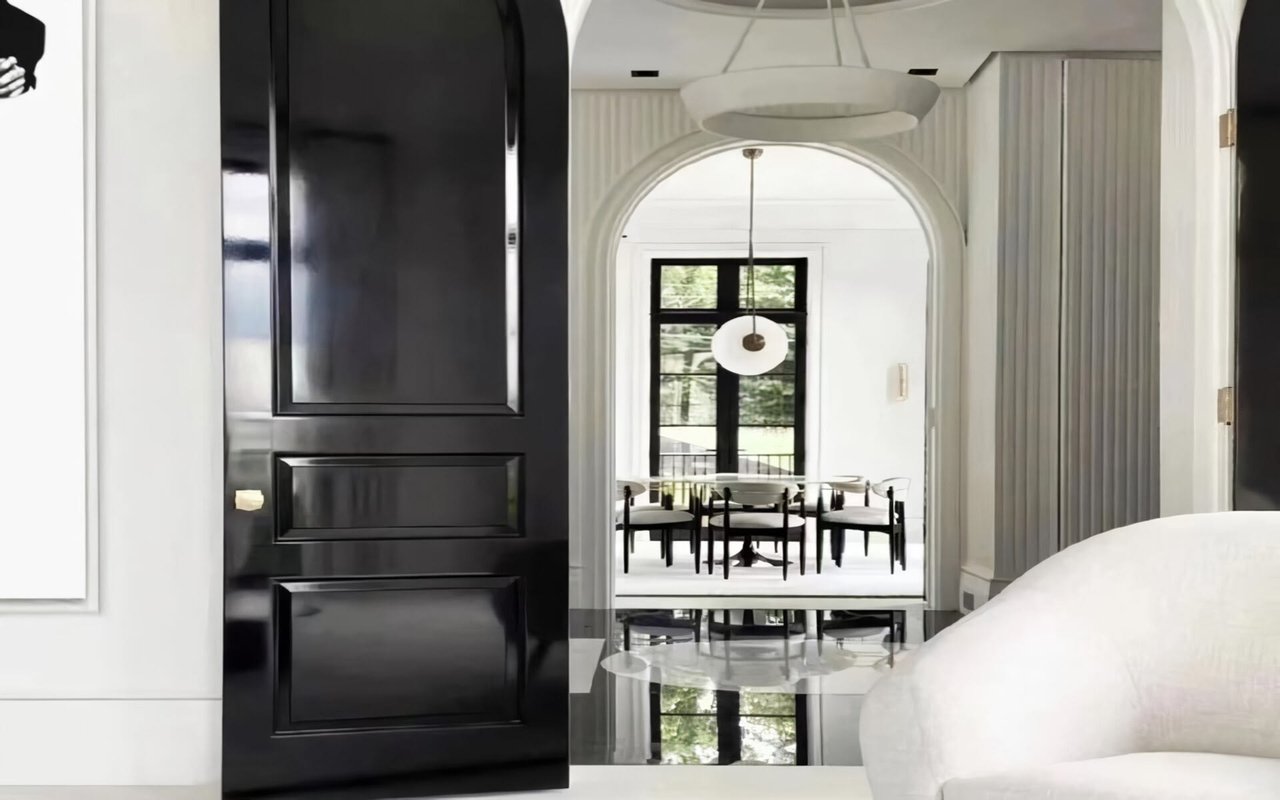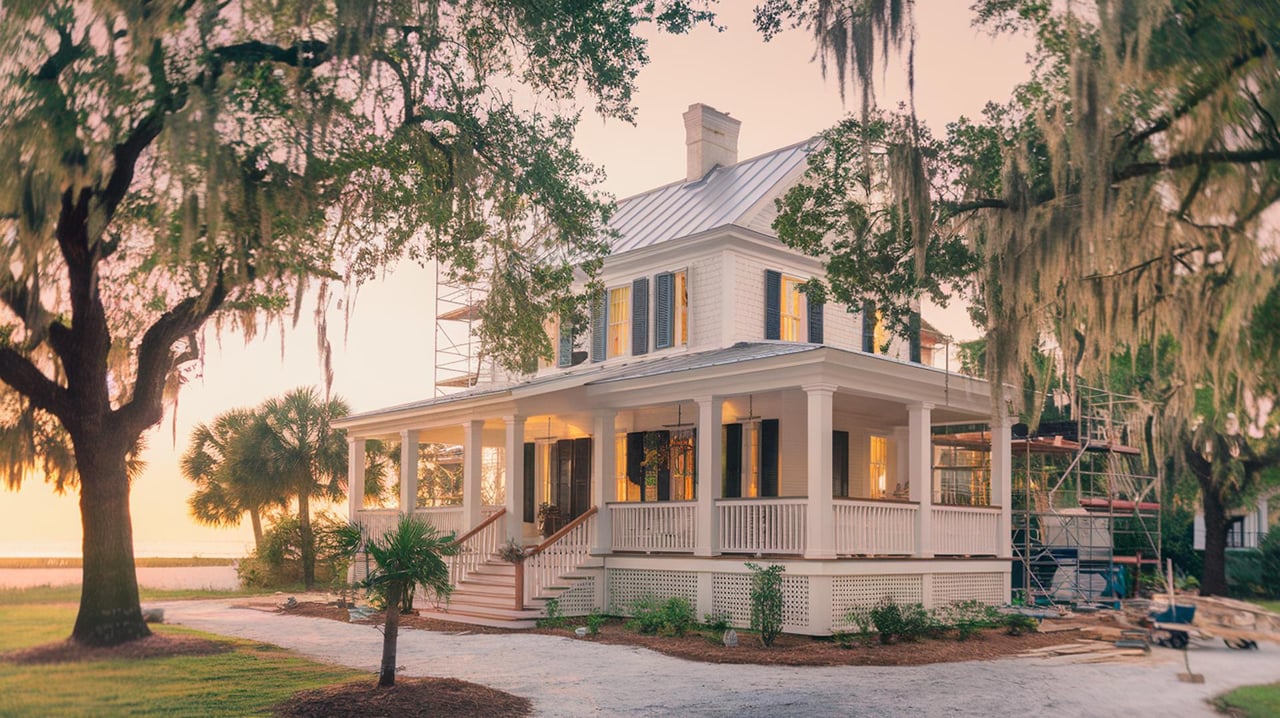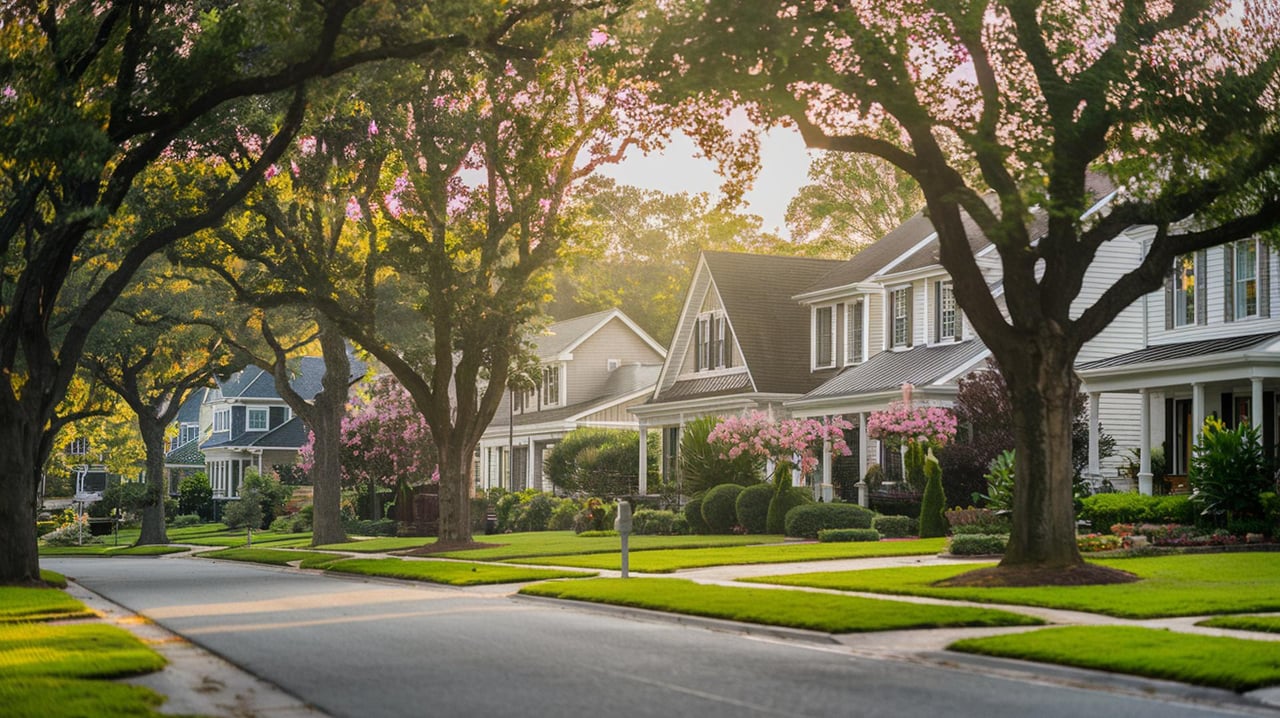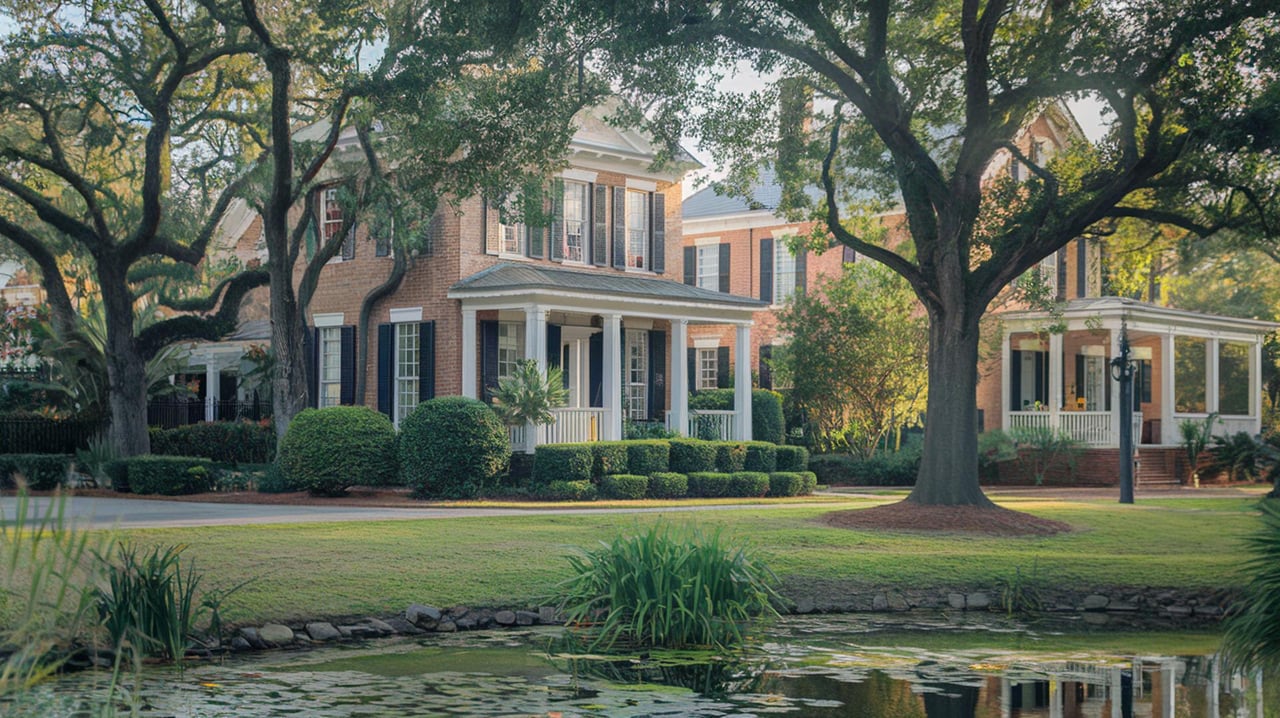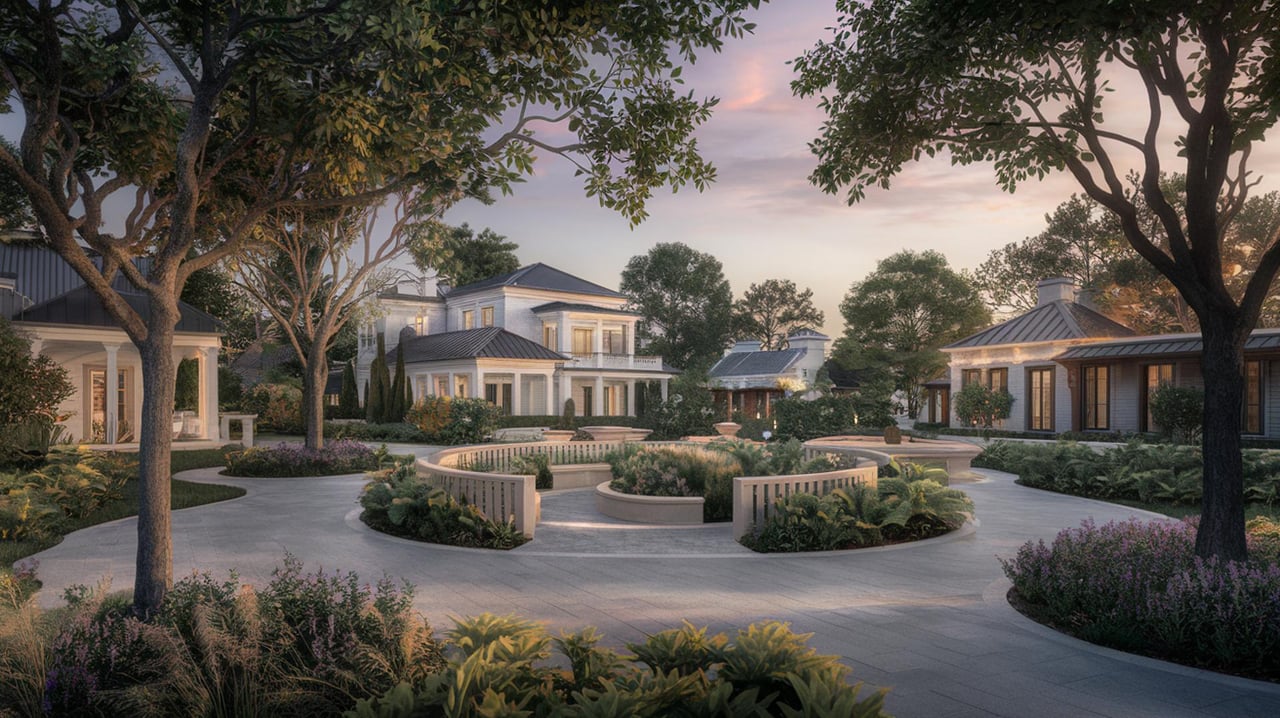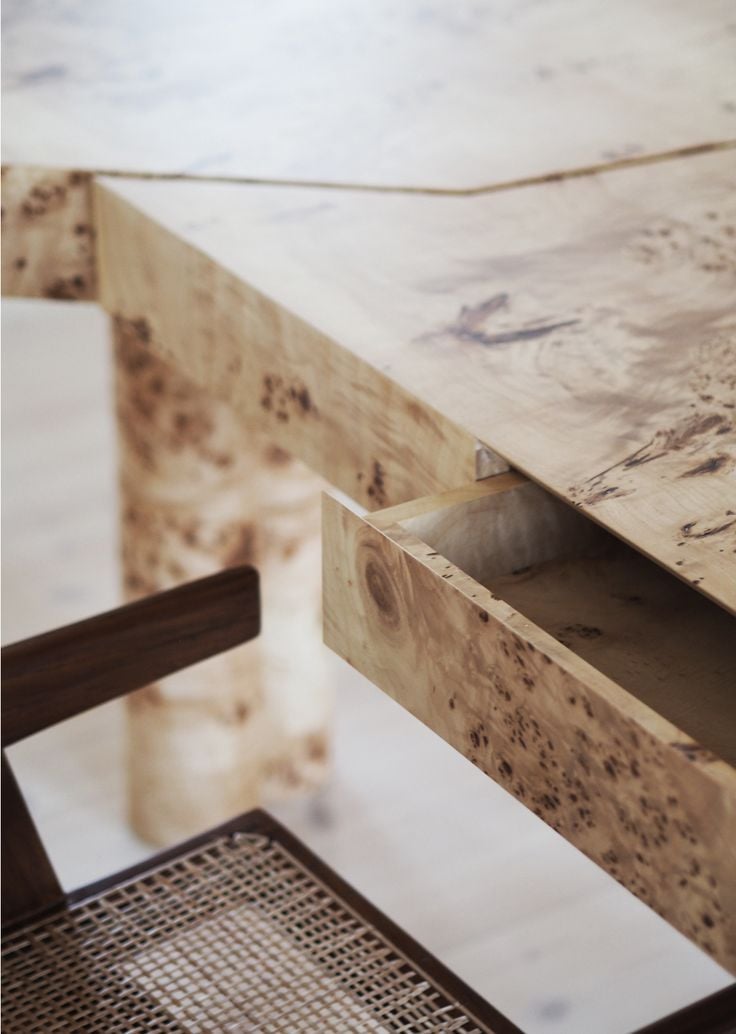The age of a home is a factor that often comes under scrutiny in the real estate market. Prospective buyers frequently wonder how the age of a property influences its market value. The relationship between home age and market value is nuanced, shaped by a myriad of factors, including location, historical significance, architectural style, and the condition of the property. This blog post aims to decode this intricate relationship, providing insights for buyers, sellers, and real estate professionals.
The Appeal of New Homes
New homes often carry a premium in the market. This is primarily due to several key advantages they offer over older properties. First and foremost, new homes typically feature modern designs and amenities. They are built to current building codes and standards, which means they often include energy-efficient materials and systems, up-to-date safety features, and the latest technological integrations. For many buyers, the appeal of a move-in ready home that requires minimal immediate maintenance is substantial.
Moreover, new homes usually come with builder warranties that cover structural elements and major systems for a certain period. This warranty provides peace of mind to buyers, reducing the financial risk associated with unforeseen repairs. Additionally, new homes are often part of planned communities that offer amenities such as parks, recreational facilities, and community centers, enhancing the overall living experience.
However, the premium price associated with new homes can be a double-edged sword. While these properties might be more expensive upfront, their value can depreciate more rapidly than older homes, particularly if they are located in areas where new developments continue to emerge. Buyers must weigh the immediate benefits against potential long-term depreciation.
The Charm of Older Homes
Older homes possess a unique charm and character that new homes often lack. Architectural styles from different eras, such as Victorian, Craftsman, or Mid-Century Modern, have a distinctive appeal that can attract buyers seeking a home with history and personality. These homes are often situated in established neighborhoods with mature trees and landscaping, adding to their aesthetic appeal.
The market value of older homes can be significantly influenced by their condition and the extent of any renovations or restorations they have undergone. Well-maintained older homes that have been updated with modern conveniences can command high prices, particularly if they preserve their historical character. For example, a century-old Victorian home with original woodwork, stained glass windows, and modernized kitchens and bathrooms can be highly desirable.
Location also plays a crucial role in the value of older homes. Properties in historically significant areas or those close to urban centers, cultural amenities, and public transportation often have higher market values. Additionally, some buyers are drawn to older homes due to their potential for appreciation. In many cases, these homes are situated in areas where new construction is limited, creating a scarcity that can drive up prices over time.
The Middle Ground: Mid-Age Homes
Homes that fall into the middle age category—typically between 20 to 50 years old—present a mixed bag of advantages and challenges. These homes may not have the immediate allure of new construction or the historical significance of older properties, but they offer a balance that can appeal to a broad range of buyers.
One advantage of mid-age homes is that they are often located in well-established neighborhoods with good schools, parks, and other community amenities. These homes may have undergone some level of renovation or updating, providing modern comforts while still retaining some original features. Buyers can benefit from mature landscaping and larger lots that are more common in these established areas.
However, mid-age homes can also come with potential issues. Depending on the quality of construction and maintenance over the years, these homes may require significant updates or repairs. Electrical systems, plumbing, roofing, and HVAC systems in mid-age homes might be approaching the end of their useful life, necessitating costly replacements. Buyers should conduct thorough inspections and consider the potential costs of necessary upgrades.
The Impact of Renovations
Renovations can significantly alter the relationship between home age and market value. For older and mid-age homes, thoughtful and high-quality renovations can enhance market value by modernizing the property while preserving its unique characteristics. Renovations that focus on essential systems—such as plumbing, electrical, and HVAC—along with cosmetic updates like new kitchens, bathrooms, and flooring, can make older homes more appealing to contemporary buyers.
In some cases, extensive renovations can even outstrip the value of new construction. For instance, a well-renovated historic home in a desirable urban neighborhood can command a higher price than a new home in a less established area. Buyers appreciate the blend of historic charm and modern convenience, especially when the renovation work is expertly executed.
However, it's important to note that not all renovations add equal value. Over-improving a home or making highly personalized choices that don't appeal to a broad market can limit the return on investment. Homeowners should consider the preferences of potential buyers and the standards of the local market when planning renovations.
Market Dynamics and External Factors
The relationship between home age and market value is also influenced by broader market dynamics and external factors. Economic conditions, interest rates, and local real estate trends can all impact how home age affects value. For instance, during a booming real estate market, the demand for all types of homes can drive up prices, diminishing the significance of age. Conversely, in a slow market, buyers might become more discerning, with home age playing a more critical role in their decision-making process.
Location-specific factors also matter. In rapidly growing cities, the demand for housing can lead to higher values for both new and older homes. In contrast, in areas with declining populations or economic challenges, the value of homes—regardless of age—might stagnate or decline. Additionally, cultural preferences and trends can influence buyer behavior. For example, a growing interest in sustainable living might increase the value of older homes that can be retrofitted for energy efficiency.
Decoding the relationship between home age and market value reveals a complex interplay of factors. New homes offer modern amenities and lower initial maintenance but may depreciate faster. Older homes bring unique charm and historical significance, potentially appreciating in value if well-maintained and located in desirable areas. Mid-age homes offer a balance but may require significant updates. Renovations can bridge the gap, enhancing value across all age categories.
Ultimately, the key to understanding this relationship lies in considering the specific context of each property, including its condition, location, and broader market dynamics. Whether you are a buyer, seller, or real estate professional, a nuanced approach to evaluating home age can lead to more informed and strategic decisions in the ever-evolving real estate market.
About Mandy Manchester
Mandy, a seasoned Realtor® since 2004 with multiple accolades and designations, graduated from Louisiana State University and later chose Charleston for its business potential and familial charm, where she now relishes her life with her two sons and close friends. If you're looking to buy or sell a home or have any questions about the South Carolina real estate market, contact Mandy Manchester today.
